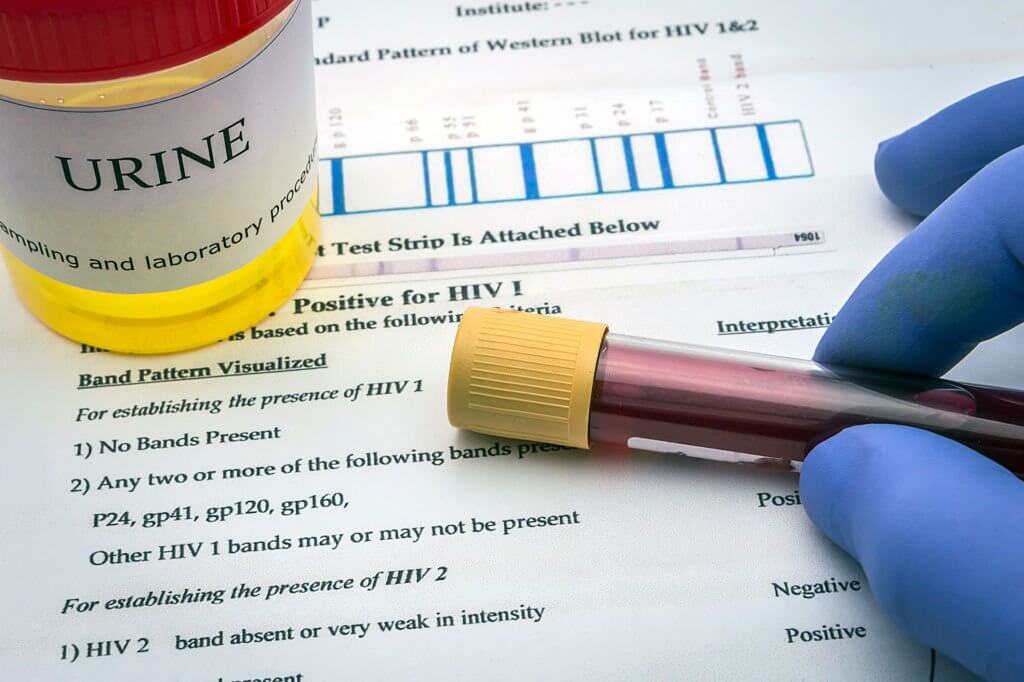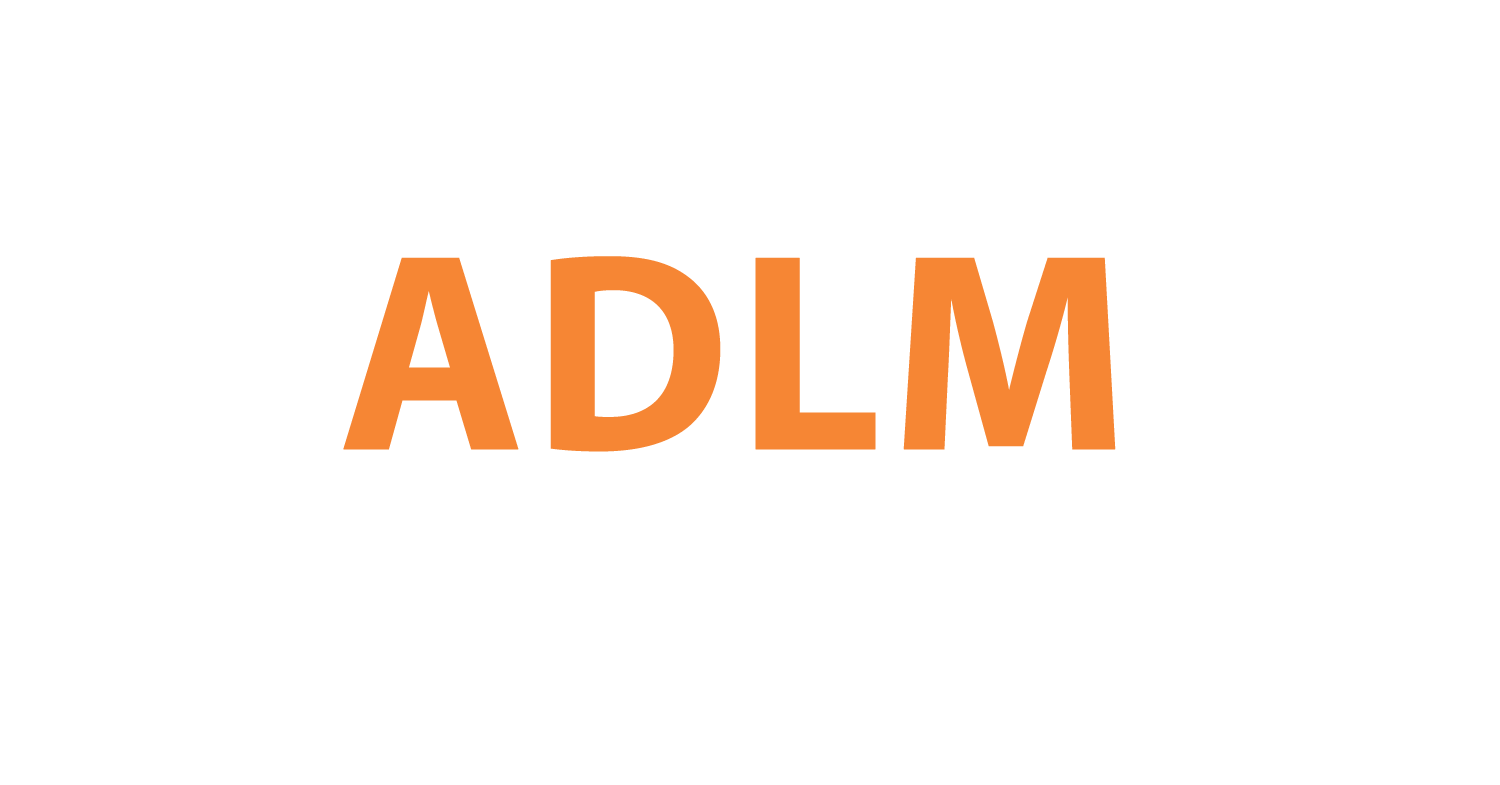Systematic Optimization of Urine DNA Isolation for Microbiome Sequencing

Recent advances in DNA sequencing technology have enabled the characterization of microbial communities in different parts of the human body using culture-independent techniques. Studies using these methods have demonstrated that the urinary tract contains diverse microbial populations, termed the urinary microbiome. Changes in the urinary microbiome have been associated with urological conditions like urinary tract infections and pelvic pain syndromes.
However, due to the low biomass and presence of PCR inhibitors in urine, DNA extraction and sequencing from urinary samples remain challenging. Many studies show poor sequencing depth or recovery of DNA from a significant proportion of urine samples. The goal of this study was to systematically optimize a DNA extraction protocol specifically for urine to improve microbial DNA yields, particularly of fungi, to allow more comprehensive characterization of the urinary microbiome.
What methods were used to optimize the DNA extraction protocol?
The researchers tested multiple modifications to commonly used commercial DNA extraction kits using standardized urine samples from healthy subjects. They assessed fungal DNA yields at each step using quantitative PCR with fungal-specific primers. The following parameters were evaluated:
-
- Centrifugation speed: 1500, 5000 or 16000 RCF
-
- Enzymatic digestion: Lysozyme, lyticase or both to break down bacterial and fungal cell walls
-
- Mechanical disruption: Bead beating with silica beads
-
- Thermal disruption: Heating and freezing cycles
-
- Proteinase K digestion: Varying concentrations from 12 to 144 mAU/ml
-
- Use of carrier DNA
-
- Sample volume: 1 to 50 ml
-
- Sample aliquot size for column binding: 100 to 400 μl
-
- Pooling aliquots before column binding
What key results emerged from optimizing the DNA extraction protocol?
-
- Lower centrifugation speed of 1500 RCF gave the best DNA yields
-
- Combined lysozyme and lyticase digestion increased yields
-
- Both bead beating and thermal disruption steps were important
-
- 24 mAU/ml Proteinase K was optimal
-
- Adding carrier DNA improved recovery
-
- 25-30 ml starting urine volume gave maximum microbial diversity
-
- Processing samples in smaller aliquots of ~250 μl improved yields
-
- Pooling aliquots before column binding boosted DNA recovery
How did the optimized protocol perform compared to standard methods?
The optimized DNA extraction protocol was tested against three widely used commercial kits. The new method significantly increased yields of both bacterial and fungal DNA from urine samples compared to the commercial kits, with a 200% increase for fungi. It also enhanced microbial DNA recovery from vaginal swabs. Next generation sequencing showed the optimized protocol provided more comprehensive representation of fungal and bacterial diversity compared to other methods.
What was the significance of developing an improved DNA extraction protocol?
This systematic optimization study identified key modifications needed to maximize microbial DNA extraction from low biomass urine samples. The enhanced protocol allows more efficient and representative characterization of the urinary microbiome, including fungi, which have been understudied. By boosting microbial DNA yields and diversity, this method can help establish normal urinary microbial profiles and identify alterations associated with urological conditions. Optimized DNA extraction is critical for utilizing culture-independent techniques like sequencing to elucidate the role of the urinary microbiome in health and disease.
Click to View → Mantacc Transport Mediums
References
Ackerman AL, Anger JT, Khalique MU, Ackerman JE, Tang J, Kim J, Underhill DM, Freeman MR; NIH Multidisciplinary Approach to the Study of Chronic Pelvic Pain (MAPP). Optimization of DNA extraction from human urinary samples for mycobiome community profiling. PLoS One. 2019 Apr 25;14(4):e0210306. doi: 10.1371/journal.pone.0210306. PMID: 31022216; PMCID: PMC6483181.
Related Posts
How to Prevent DNA Degradation in Urine Samples?
Enhance DNA Extraction from Urine Using Tris-EDTA Treatment
UTI Stops DNA Degradation in Frozen Forensic Urine Samples
Efficiency and Convenience of DNA Collection Using Buccal Swabs
The Potential of Buccal Swab for DNA Age Prediction
Comparison of Different DNA Testing Techniques and Their Applications
How Should DNA Sample Collections Be Managed?









